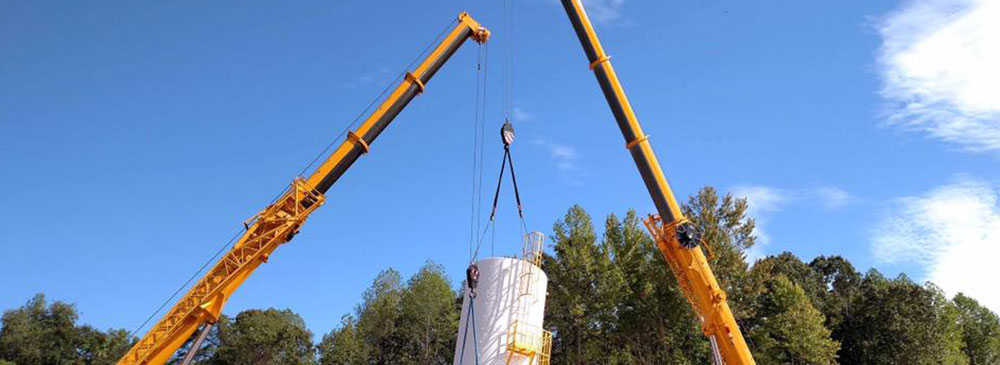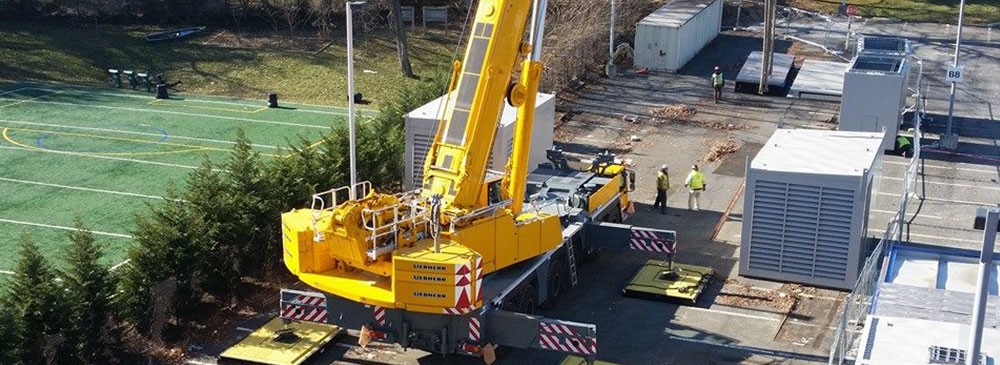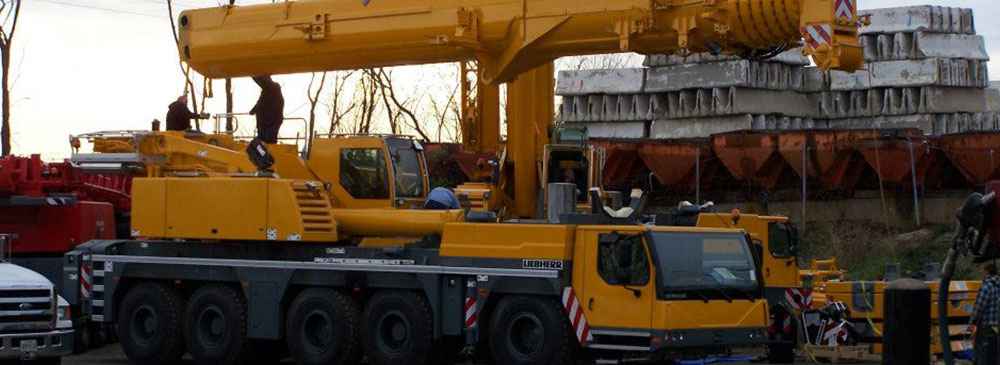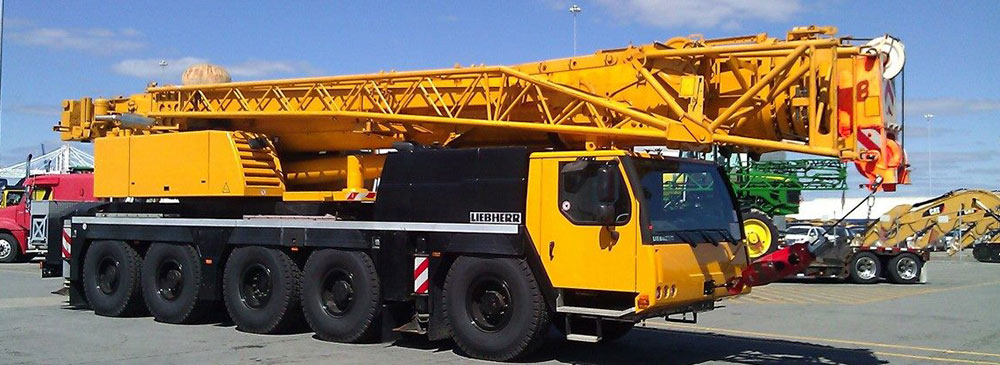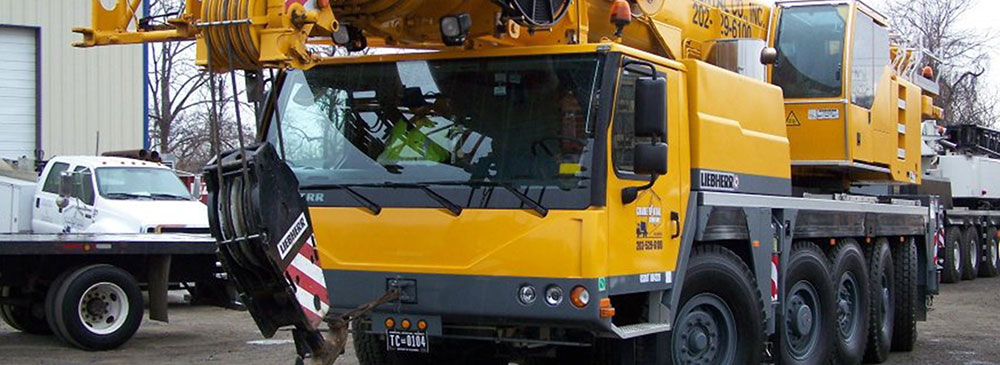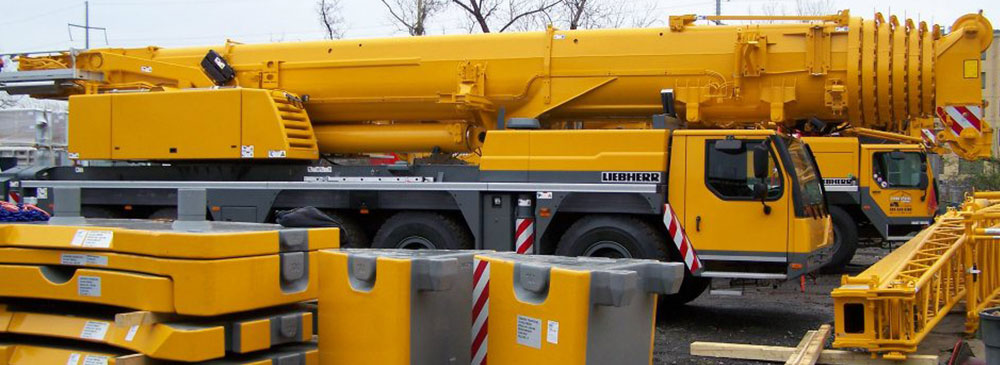
Rigging is a critical component in any application requiring heavy loads and equipment relocation. Workers’ safety should be the top priority when completing any rigging activity.
Remember that inappropriate load rigging can result in inadvertent slips, causing property damage and exposing riggers and other adjacent workers to safety risks, injuries, or even death.
To guarantee that all loads are carefully and properly rigged before any lifting technique, you should follow a set of rigging rules. These rules include:
Pick the correct rigging crane
Before operating a crane for a specific purpose, you must determine whether you are using the appropriate crane type. Two of the most common types of cranes you can use are mobile or fixed.
Mobile cranes are best suited for small access areas, while stationary cranes are ideal for complex tasks. Choosing the right type of crane ensures that the job is completed effectively.
The right way to go about it is to visit the crane rentals and explain to them the task you want to perform. Based on your description, they will recommend the best-suited unit.
Only hire qualified professionals.
All workers on the job site should be qualified in rigging safety. The workers you hire to do rigging tasks should be trained to follow all rigging protocols and equipment handling.
This is because professional riggers can predict a potential rigging problem before it occurs. If conditions become unsafe, this group of professionals will promptly stop the cranes or other material-handling equipment to ensure the cargo and any person is safe for lifting.
Be cautious of the crane workload limit.
You should determine the load’s weight by taking a look at the manufacturer’s specifications, catalog, and shipping paperwork. Choose equipment based on weight and size, such as the crane boom, slings, wire ropes, beams, and load.
You should consider the ideal workload weight. You can calculate this figure using the standard weight and suitable volume and area formulae. Rigging applications typically necessitate the calculation of the involved resistive forces.
Always ask about the maximum load you can lift when renting the crane. Before lifting, double-check and confirm that the load is the right weight for the crane.
Always ensure the load is balanced.
An imbalanced load can tip a crane over. To avoid this, always perform some basic rigging safety checks before lifting.
- Before lifting, ensure the top suspension aligns with the load hook.
- Ensure the crane’s chain and body are not in contact with the cargo.
- Determine the crane’s center of gravity.
- Make sure the load has ample swinging space.
If you notice that the crane isn’t balanced even by the smallest margin, don’t proceed with the lifting, as you will be putting your crane and people on the site in danger.
Be cautious of the weather conditions.
When planning lifting or hoisting activities, keep the environment and the expected forecast in mind. Consider wind direction, limited vision, and aircraft traffic.
Avoid abrupt movements or shock loading on rigging equipment in high cold temperatures since these can harm the brittle parts.
The majority of cranes have requirements for the highest wind speed they can withstand. There can be occasions when the load charts do not provide parameters, thus, you should consult the crane manufacturer to determine the maximum allowed wind speed for operation.
Always have a spotter on the site.
Spotters, also known as signalpersons, provide a second set of eyes when riggers do not have a clear view of the load due to their higher vantage point than the machine operator.
You should hire only competent, professional spotters trained in hand and speech signals for job site crane operation.
Inspect the crane daily.
There are three types of daily system inspections required for cranes. The first type is called pre-start checks. You are supposed to complete these checks before starting the crane.
Here, you should inspect the crane’s tires, oil levels, air reservoir, batteries, and other components.
The second type of daily check is the engine start-up check, which involves assessing the pressure gauge, fuel level, turn signals, and horn. Finally, you should do safety system checks to evaluate the rated capacity limiter, outriggers, and other associated components.
To be on the safe side, you should make these checks at least once a day before you start lifting. If you notice any issues, don’t proceed with the task.
Properly use the slings.
To avoid load swing, you should determine the load’s center of gravity and the crane while erecting any equipment.
Use proper sling methods to maximize lift efficiency while minimizing force requirements. Before raising the weight, remove and secure all unneeded slings.
As a rule of thumb, avoid dragging slings from under the load while maintaining adequate sling angles. This will lessen the chances of load imbalance and falling goods.
Keep the crane stable at all times.
Some cranes have outriggers that prevent them from tipping over during lifting and transporting activities. You can keep your crane stable by adhering to the manufacturer’s outrigger standards.
You can also increase outrigger pads or crane pads located beneath outriggers.
Store the crane properly.
Once your rigging task is completed, store your equipment in a location where environmental or other factors will not damage it. Make sure to inspect your equipment ahead of time to ensure its safety for the activity.
If you are renting the equipment from crane rental services VA, you should put up a temporary structure to place the equipment. If the weather isn’t that bad, consider always covering the equipment to shield it from the weather elements.
Parting shot
These are some of the things you should do to ensure you have a great time with your rigging equipment. To be safe, ensure that you follow the rules given.
When you have an issue with your equipment, contact a professional as soon as possible to diagnose and fix it.
